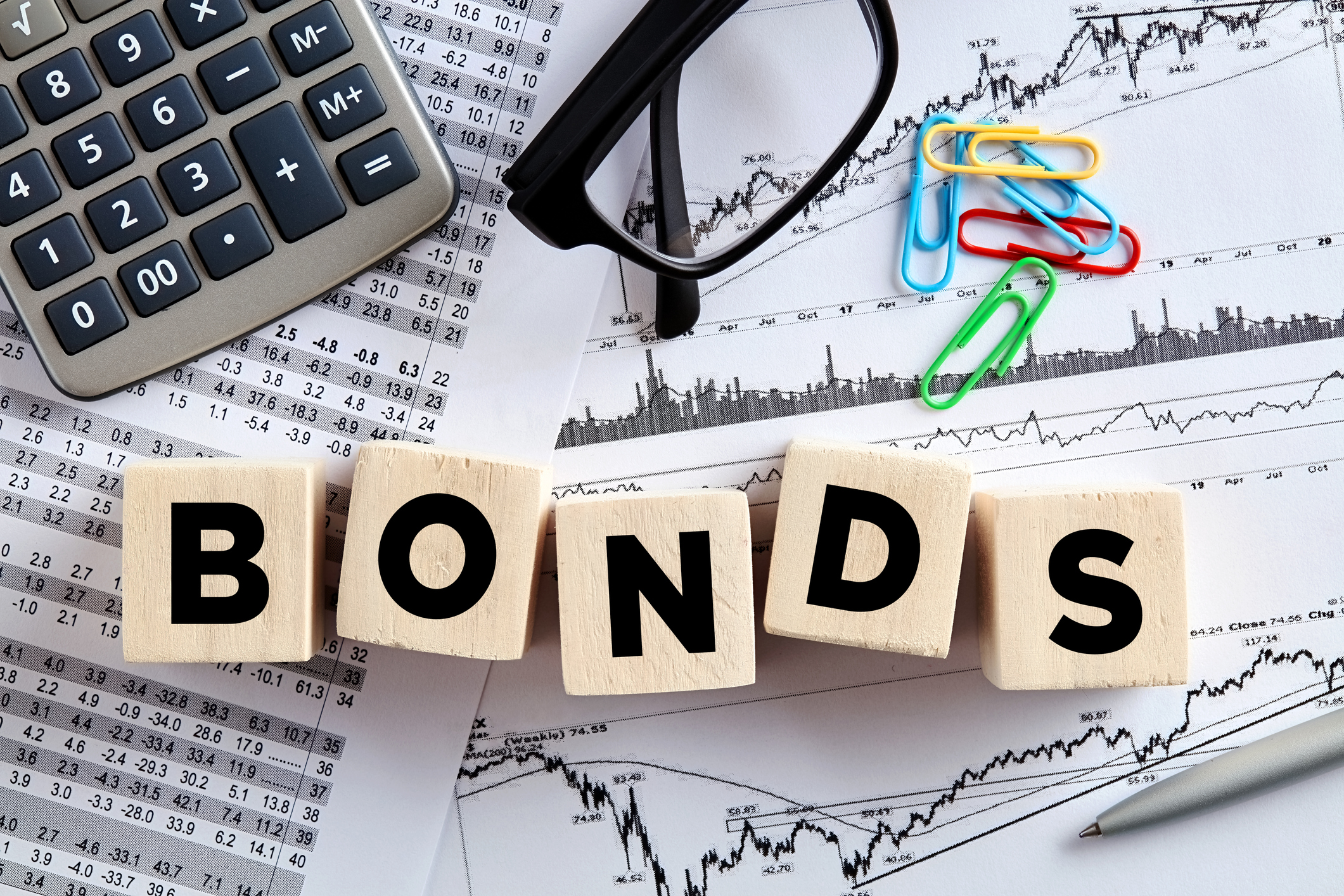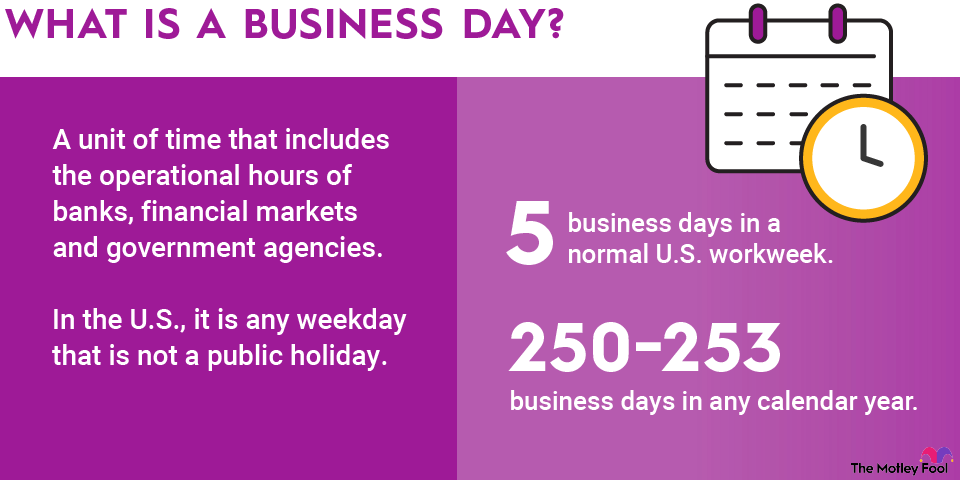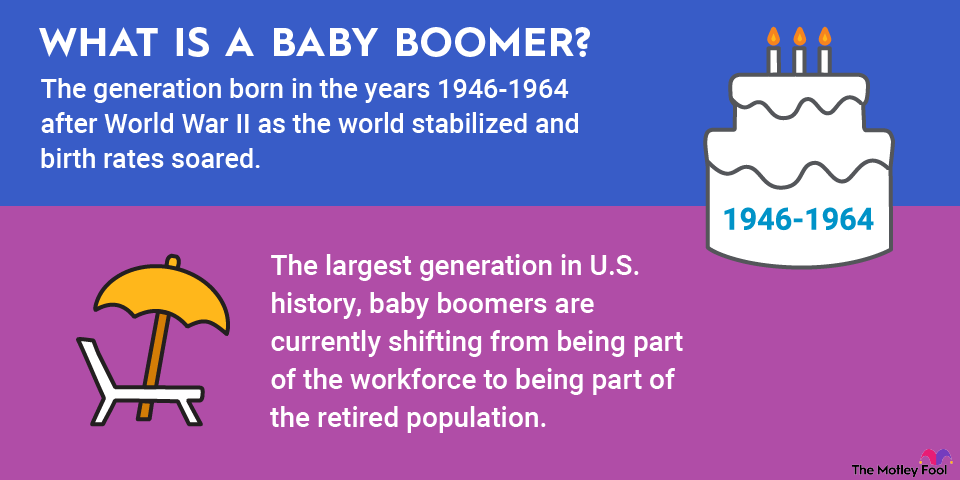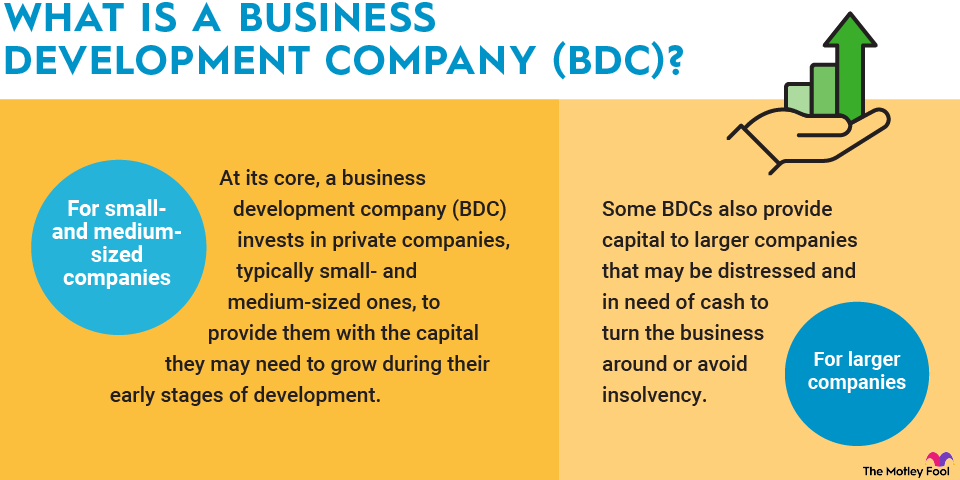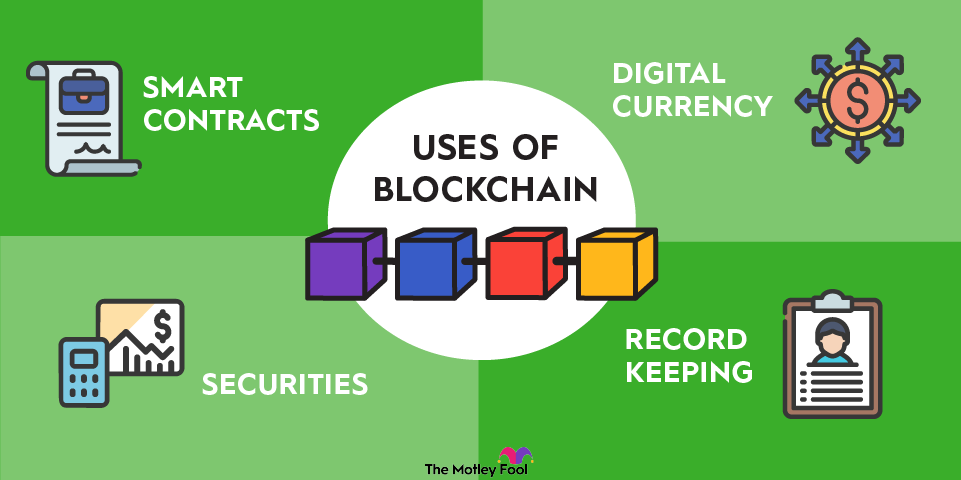In a perfect world, we'd all make decisions rationally and without emotion. But we don't live in a perfect world, and people aren't perfect -- that's why we study behavioral economics. This field, which combines economics and psychology, is invaluable for investors to understand.
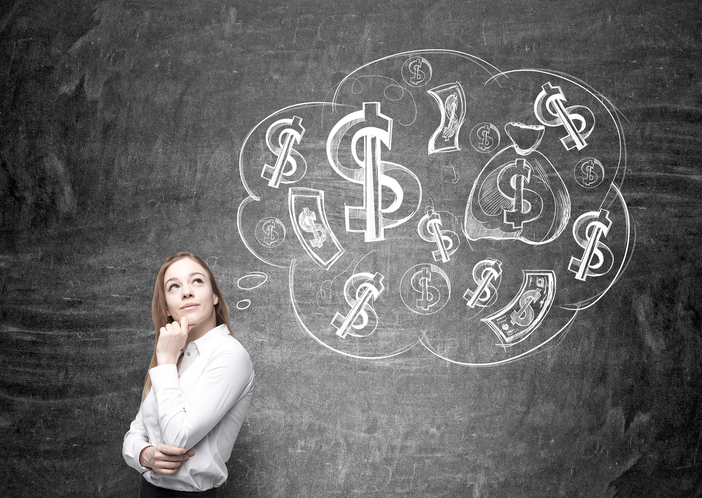
What is behavioral economics?
Behavioral economics is a specialty field that combines economics and psychology to understand how people make decisions. It was developed when scholars realized that real people don't always behave the way economic models predict, especially when certain conditions are present. Although economics is a valuable field, it often misses the human part of the equation to describe what people might do, given choices.
Instead of assuming humans are rational and make perfect decisions, the assumption is that humans are imperfect and often make decisions based on flawed assumptions or emotions. Understanding this reality has helped people in the business world better understand their customers and their behavior.
Goals of behavioral economics
The field of behavioral economics has several goals aimed at helping people make better decisions and helping companies understand how people make decisions. These include:
- Describing real-world decision-making.
- Understanding systematic deviations from rationality.
- Designing interventions and policies.
- Improving economic models.
- Protecting consumers.
Although behavioral economics can be used for devious purposes, the aim is to help people better understand their decisions. Sometimes, it's used to guide people toward better decisions while pushing for reform in areas that can cause harm.
Theories in behavioral economics
Behavioral economics is a field that's constantly evolving, but some theories have been well established and are considered fundamental to the field, including:
- Prospect theory. Decision-making can be influenced by how choices are framed.
- Bounded rationality. There are restrictions on human information processing due to limits in knowledge and mental capacity.
- Mental accounting. People value money in relative terms based on factors like how it's earned or saved, rather than in absolute terms.
- Choice overload. A component of bounded rationality, humans experience overload when given too many options.
- Loss aversion. People are more averse to losses than they are eager to gain something.
- Sunk-cost fallacy. People will often continue to invest time or money in a losing prospect simply because they're already heavily invested, rather than because there's evidence of a potential turnaround.
Such theories help explain economic decisions that seem irrational, but actually make sense from a psychological perspective.
Related investing topics
Examples of behavioral economics in the real world
Behavioral economics can explain a lot of things that happen in the stock market. Why, for example, does a stock drop on an earnings report that comes out exactly as expected? A concept in behavioral economics called anchoring explains this. Results were exactly what the company forecast, but investors still wanted more.
If you understand that the market can be irrational because it's largely powered by humans, you can find opportunities and avoid pitfalls like value traps. Stocks don't always go up, but concepts like the sunk-cost fallacy can explain why investors continue to pump money into companies or investments that are clearly not ideal on paper.
Behavioral economics can also explain customer habits, which is relevant when you own stock in a company. For example, people may dump every last nickel into tiny items under the guise of "little treat culture," but refuse to invest the same amount of money in a few high-quality products during difficult economic times. Understanding that consumers will behave irrationally and how they may do so can help you better understand the industries that you're investing in and anticipate headwinds that could affect your portfolio.





